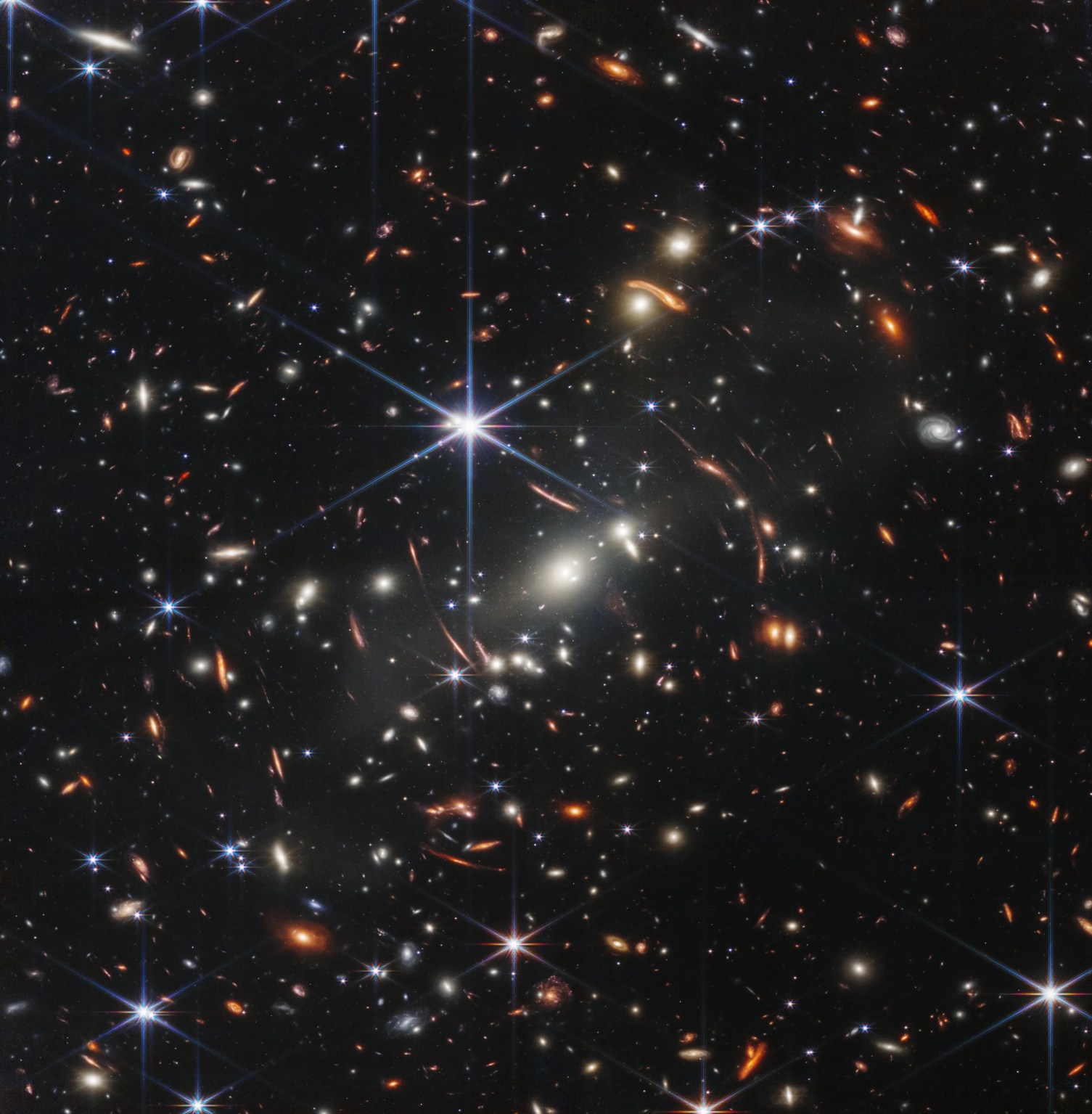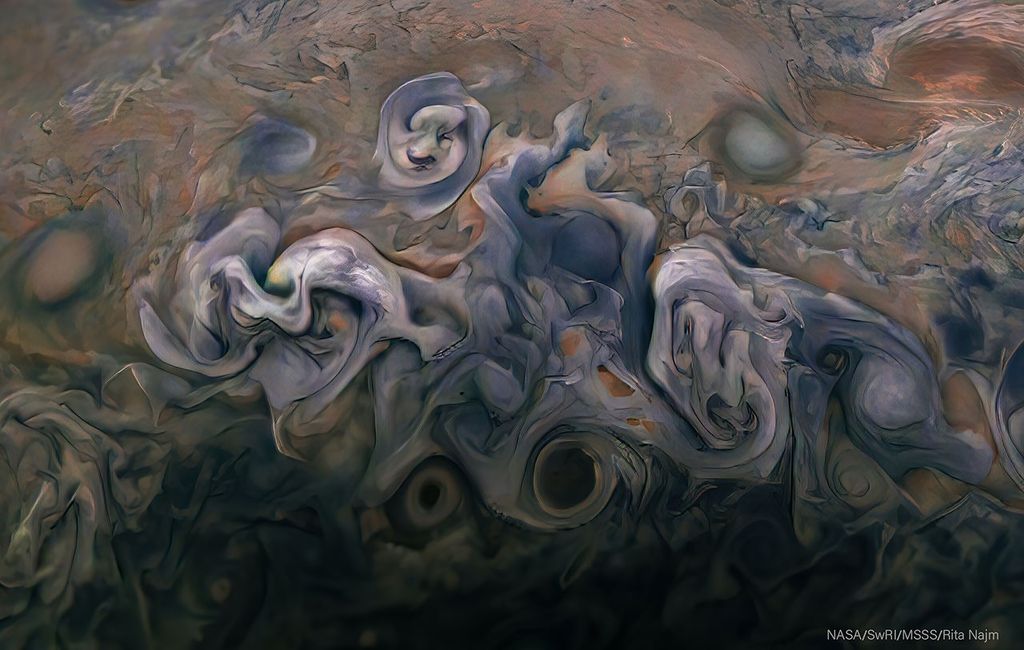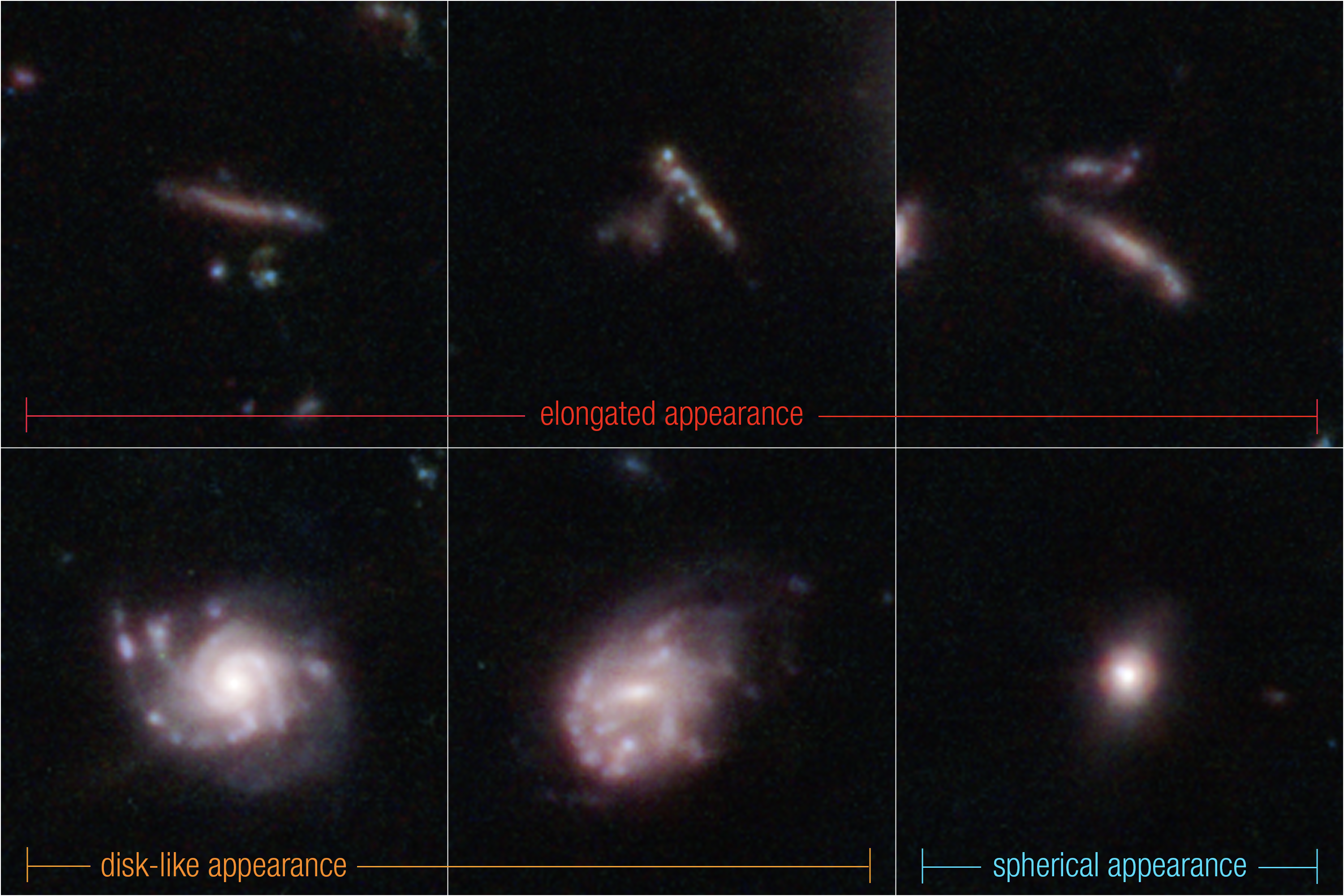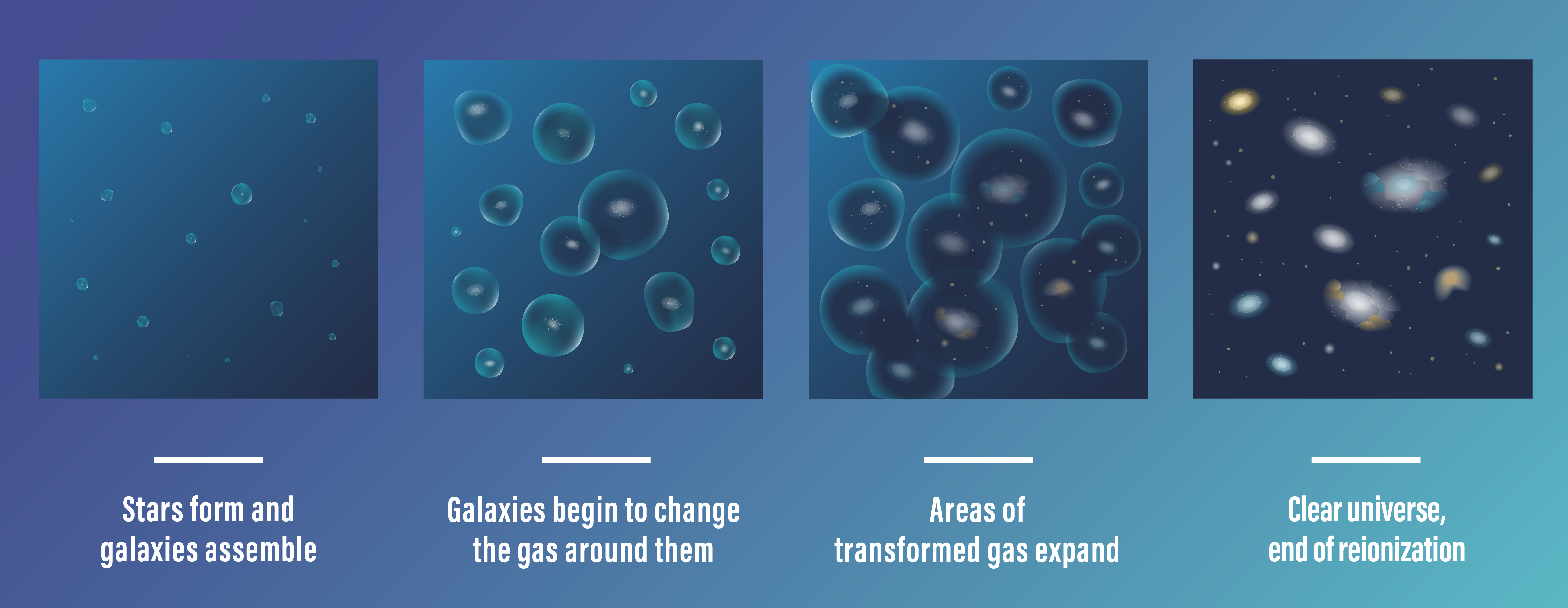Catch up on Webb’s latest discoveries about galaxies and the universe’s development over time.
The James Webb Space Telescope was designed and built to investigate questions raised in previous decades of astronomy, which revealed the vastness of the universe and extreme phenomena like supermassive black holes. A view into the distant past left us wanting to know more. So what is Webb revealing? Below are some of the big questions astronomers had before Webb, and the answers the telescope is providing so far.
How were galaxies in the early universe different from our own cosmic neighborhood?
Webb’s combination of resolution and sensitivity to infrared wavelengths of light is revealing cosmic dust in the early universe that was previously undetectable, allowing astronomers to use real data for the first time to study the relationship between dust, star formation, and galaxy growth over the history of the universe. In the local universe, dusty nebulae are where young and still-forming stars are found. However, Webb is finding that, in the early universe, star formation and dust are not necessarily aligned. Astronomers say this is just the beginning of using Webb to investigate how the universe evolved from a soup of hydrogen and helium to finding ourselves in the midst of a complex chemical environment in our massive, spiral-structured Milky Way galaxy.
In another intriguing find in the early universe, there are more bright galaxies than astronomers anticipated. The cause of this is still uncertain and needs to be investigated, but it is clear that galaxies were forming stars earlier, and more abundantly, than computer modeling suggested they would. Before Webb, we just couldn’t see the evidence for ourselves. Now astronomers can study how differently stars formed in the early universe, versus in our era, with real data.
The observed shapes of early galaxies have also been surprising. Some research has identified spiral structures like our own galaxy’s at earlier times than expected. Another survey showed an abundance of galaxies with flattened, oblong shapes. “Roughly 50 to 80% of the galaxies we studied appear to be flattened in two dimensions,” explains Viraj Pandya, a NASA Hubble Fellow at Columbia University in New York.
This is a significant contrast to many spherical and spiral shapes observed in our contemporary universe. It is an early peek into a period when space itself was not as vast; since the early 20th century, we have known that the universe is expanding over time. In this early era of the universe, galaxies were closer together and experiencing more interaction with one another.
In 2023, several teams of researchers published papers based on Webb data showing an abundance of chemicals, like nitrogen, in early galaxies. This presents a real puzzle, because nitrogen is produced by aged low-mass stars, and at this early phase of the universe, there has not been enough time for even one generation of low-mass stars to grow old and produce much nitrogen. And yet it is there.
“Finding the unexpected is really exciting for scientists,” said astronomer Kirsten Larson of the Space Telescope Science Institute. “It means we are discovering something new and understanding the universe better than we did before. If we looked with Webb and didn’t find anything new or surprising or challenging, that would be pretty disappointing,” Larson said.
How did light first spread through the universe?
A big question astronomers and engineers designed Webb to investigate is the cause of what they call the Era of Reionization. This was the period when light went from being trapped and scattered within the dense gas of the early universe to moving freely through space and time – all the way to Webb’s detectors and us. Astronomers knew this happened in cosmic history, but not how it happened.
Until now. Looking at a time near the end of the Era of Reionization, Webb results clearly show tiny galaxies clearing space around themselves, out to about 2 million light-years in radius. This connects to the intense star formation observed in early galaxies. Young, massive, hot stars pumped out huge amounts of ultraviolet light, which ionized the gas around them, turning it from opaque to transparent.
How did supermassive black holes first form?
It’s thought that supermassive black holes play a role in regulating star formation in galaxies, but how this role has developed over time is still being investigated.
“Until now, research about objects in the early universe was largely theoretical,” says astronomer Steven Finkelstein of the University of Texas at Austin. “With Webb, not only can we see black holes and galaxies at extreme distances, we can now start to accurately measure them. That’s the tremendous power of this telescope.”
Webb Telescope
Webb has not disproved the big bang theory
Some of Webb’s earliest findings suggested large galaxies in the early universe, leading some to claim they presented a challenge to the generally accepted age of the universe, which is understood to have begun with the big bang 13.8 billion years ago.
However, after follow-up studies, and comparisons to simulations, scientists say the hype was unfounded. “We’ve never observed the distant, early universe in the detail that Webb is showing us, and so we are seeing new things and asking new questions we are still working to solve, which is exciting, but they have not contradicted our current best models,” says astronomer Macarena Garcia Marin, Webb project scientist at the Space Telescope Science Institute in Baltimore, MD.

Essentially, astronomers say there are two possibilities of how giant black holes first formed: One, from the mergers of smaller black holes, or two, by the direct gravitational collapse of gas clouds in the early universe. The second option bypasses the life cycle stage of forming a massive star and goes straight to the post-stellar-death stage of a black hole. Intriguingly, Webb is finding both small and large black holes earlier than have ever been observed before.
“Researchers have long known that there must be lower mass black holes in the early universe. Webb is the first observatory that can capture them so clearly,” says astronomer Dale Kocevski of Colby College in Waterville, Maine. “Now, we think that lower mass black holes might be all over the place, waiting to be discovered.”
However, Webb is also finding early black holes that are much more massive than expected for the size of their galaxies. In the modern universe, there is typically a balanced ratio between the stars and gas of a galaxy and the mass of its central black hole. How did these black holes get so large so quickly, when – given the young age of the universe – there had not been much time for them to grow? This is one of the many questions that researchers will begin answering with Webb during its upcoming Cycle 3 slate of observations.
What’s next?
The scientific discovery continues! As hoped, Webb has revealed realms of cosmic history and details in cosmic dust that have never been seen before. With these new discoveries come new questions and mysteries to explore. The Space Telescope Science Institute has announced the third round of observations that Webb will make, selected from 1,931 scientific proposals by teams of scientists around the world. There are 63 approved programs on galaxies in Cycle 3, including essential follow-up on some of Webb’s most intriguing findings so far. This includes bright, massive galaxies in the early universe; active, growing black holes; and pushing back further into the mysterious Era of Reionization. Webb’s spectrograph instruments will be used to gather more detailed information than images alone can capture.






























